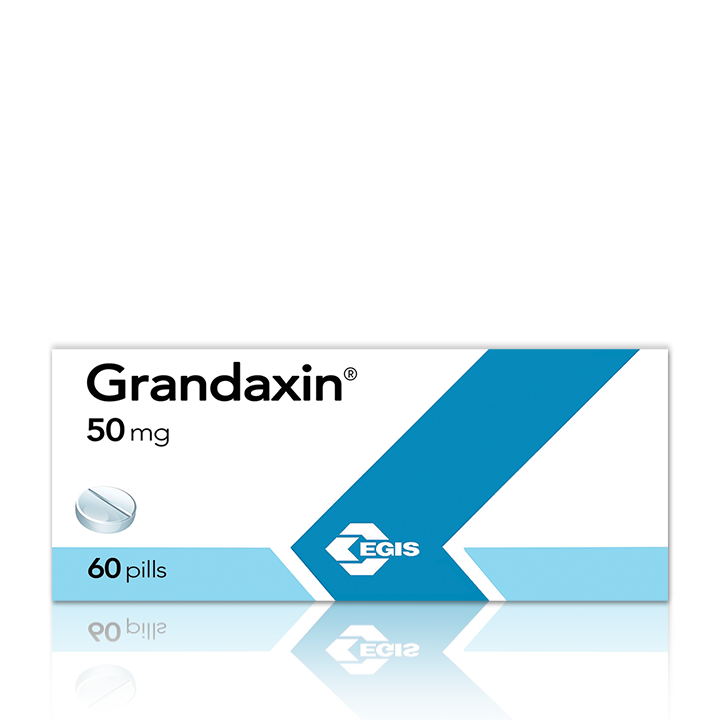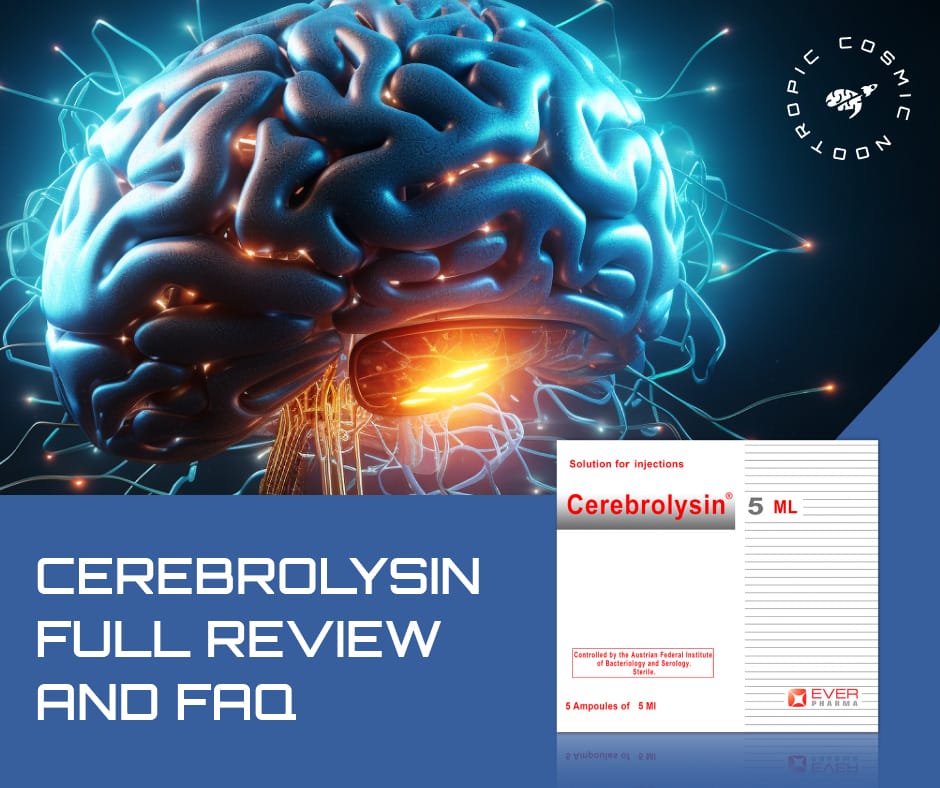Is Grandaxin Addictive?
May 21, 2024
Grandaxin, also known as Tofisopam, is a medication primarily prescribed for its anxiolytic (anxiety-reducing) and mild sedative effects. It belongs to the class of drugs known as benzodiazepines, but unlike many other medications in this class, Grandaxin is believed to have a lower risk of causing sedation, dependency, and withdrawal symptoms. Its unique pharmacological profile makes it a popular choice for a lot of people.

What Is Grandaxin?
In somatic practice, clinicians frequently employ a tranquilizer called Tofisopam (Grandaxin), often categorized as a “daytime” tranquilizer, which is classified as an atypical benzodiazepine derivative. Tofisopam stands out as the initial derivative diverging from the conventional benzodiazepines due to the placement of its nitrogen atoms, specifically positioned vicinally (at 2,3-). This structural variance is believed to underlie the distinct pharmacological and clinical characteristics observed with tofisopam.
What Are The Benefits Of Grandaxin?
Grandaxin exerts an anxiolytic effect without being accompanied by sedative, muscle-relaxing, or anticonvulsant effects. It possesses moderate stimulating activity, acts as a psychovegetative regulator, alleviates various forms of autonomic disturbances, and has a half-life of 6-8 hours.
Tofisopam induces sedation primarily at higher doses, lacking anticonvulsant and significant muscle relaxant effects. Even at subtoxic doses, it does not induce sleep, and only higher doses amplify the effects of barbiturates and ethanol. Beyond 200 mg/kg, tofisopam exhibits neuroleptic-like effects such as catalepsy, ptosis, lowered pentetrazol threshold, and enhanced stereotypy with amphetamine and apomorphine. It doesn’t bind to CNS 1,4-benzodiazepine or GABA receptors but enhances benzodiazepine and muscimol binding. Tofisopam also displays properties akin to both dopamine agonists and antagonists.
Can Grandaxin Cause Addiction?
One of the most challenging issues with the use of tranquilizers is the development of physical and psychological dependence, leading to the formation of drug addiction. However, these side effects significantly depend on the dosage, duration of use, and withdrawal strategy. The risk of dependence increases in individuals prone to alcohol abuse, self-increasing dosage, and with prolonged and continuous use.
Grandaxin stands out favorably from most benzodiazepine drugs in terms of the most negative properties. Being an atypical tranquilizer, Grandaxin possesses the following unique properties: it does not lead to physical dependence; it lacks sedative, muscle-relaxant, and anticonvulsant effects; it does not potentiate the effects of alcohol; it does not impair cognitive functions (particularly attention); it does not have cardiotoxic effects (on the contrary, it has been shown to have a favorable impact on coronary blood flow and myocardial oxygen demand); it exerts moderate stimulating effects and therefore belongs to the group of “daytime” tranquilizers. With continued administration, no development of tolerance to the drug was observed. Also, when using tofisopam, withdrawal syndrome is not observed.
What Are Possible Side Effects?
When taking Grandaxin, some individuals may experience certain side effects. These can include drowsiness or fatigue, which may affect energy levels and alertness during the day. Headaches are another possible side effect, characterized by pain or discomfort in the head region. Dizziness, a sensation of lightheadedness or unsteadiness, may also occur. Gastrointestinal disturbances such as nausea or diarrhea are possible, which may lead to discomfort in the stomach or bowel movements. Allergic reactions to Grandaxin are rare but can manifest as skin rash or itching. It’s important to note that while these side effects are possible, not everyone will experience them, and their severity can vary from person to person. If any concerning side effects occur, it’s advisable to seek medical attention promptly.
When Grandaxin Can Be Effective?
Grandaxin is typically prescribed to individuals experiencing anxiety disorders. It may be recommended for those who require anxiolytic treatment without significant sedation or impairment of cognitive function. Additionally, Grandaxin may be suitable for patients who are sensitive to the sedative effects of other benzodiazepines or those who have concerns about the risk of dependence associated with traditional benzodiazepine medications. However, the decision to prescribe Grandaxin should be made by a qualified healthcare professional based on the individual’s specific medical history and needs.
To Sum Up
In conclusion, Grandaxin presents a promising option for the treatment of anxiety disorders. It is essential to approach its usage with caution and adhere strictly to prescribed dosages to ensure optimal effectiveness. Moreover, consulting with a qualified healthcare professional before initiating or discontinuing treatment is imperative to ensure the safe and effective management of anxiety symptoms. By prioritizing these precautions and seeking guidance from specialists, patients can maximize the benefits of Grandaxin while minimizing the risks associated with its use.



